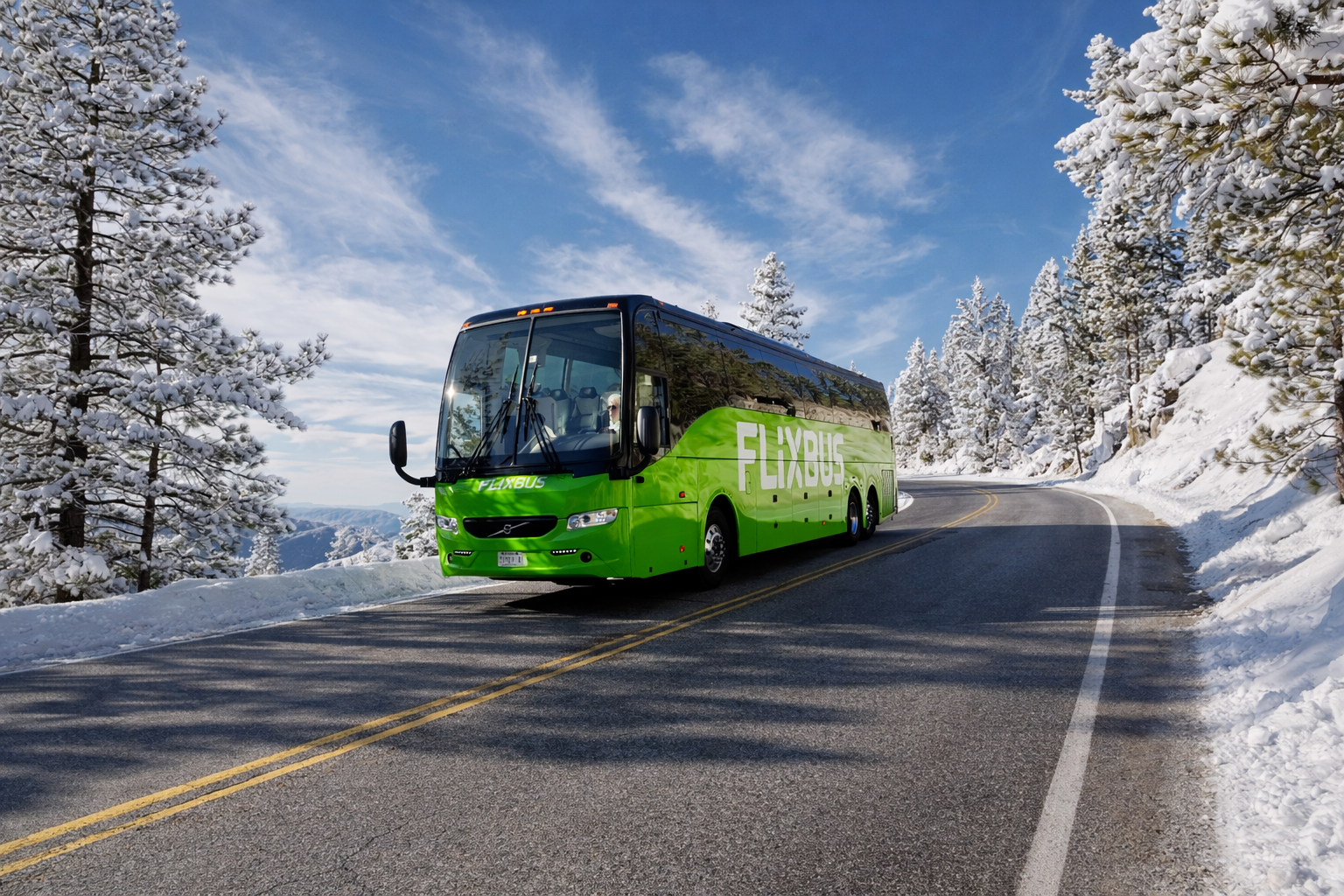In many American cities, public transportation is inseparable from issues of race and class. That is especially true when the city maintains a bare-bones system whose riders are dependent on transit to get around.
Enter Columbus, Ohio. We reported before how business leaders in this Midwestern city were making a stink about the presence of transit riders on the city's main drag, High Street, saying this particular segment of the population is bad for business. Well, do you want to guess which party -- business elites or transit riders -- won this battle?
Predictably, Columbus has made removing transit riders part of its campaign to "restore High Street." John Wirtz at Network blog Xing Columbus is reporting on a plan from the local transit agency, COTA, to reroute its transit hub to a tucked-away location on Gay Street. That's bad news for transit riders in more ways than one:
Other than perhaps a comfort factor of waiting at a transit center, virtually all of these [potential changes] are bad for transit riders because they increase delays, transfers, or walking distances. Financially, the transit center is obviously going to be expensive to construct and maintain. The diversion options, including the transit center, also represent out-of-the-way travel for COTA, so they cost more operationally too. The “impact on the pedestrian environment” category assumes that fewer people on High Street would be good. I think that’s debatable, but it’s what the steering committee for the study wanted.
Ignoring the capital cost of the Front Street two-way conversion, which should be done anyway, even $1.2 million in annual operating costs [associated with one of the project's required traffic treatments] is a blow to COTA service. At an operating cost of $106.93 per vehicle revenue hour, $1.2 million could be used to provide 11,222 new service hours, or a 1.6% service increase. That’s not huge, but I’d rather have that than a transit center than increases travel times just so we can add three blocks of on-street parking to one side of High Street (about 51 parking spaces by my estimate).
If the goal is to improve retail, and we had $1.2 million or more to burn, we could just spend that money on grants for businesses like the Mile on High Incentive District is doing. Hell, at a rent of $17.84 per square foot per year, we could just pay the rent for over 67,000 square feet of retail space with $1.2 million. Think any businesses would move into High Street for free rent? Yes, please. Think they could make a profit if they didn’t have to pay rent? How could they not? The city could even choose exactly which businesses they want on High Street. That would take care of the problem of “tens of thousands of square feet of vacant storefronts.”
It's ironic to see transit riders getting scapegoated for retail vacancy on High Street. They weren't the ones who managed to secure massive government subsidies for new infrastructure to build malls in Columbus' hinterlands. That would be the region's politically connected business elites. They're the ones who are directly responsible for the closure of City Center Mall on High Street, very near the current COTA transit hub and the conspicuous "empty storefronts" upon which this whole ridiculous campaign is predicated.
And burdening the already inadequate transit system so you can add 51 parking spaces? Sheesh. Even Ohio's healthiest city is comically misguided when it comes to transportation planning.
Elsewhere on the Network today: Portland gears up for a debate about cycling and gentrification. The Virginia Bicycling Federation asks why Amtrak still can't accommodate assembled bikes. And Portland Transport explains how Buy American provisions have delayed Portland streetcar expansion.






